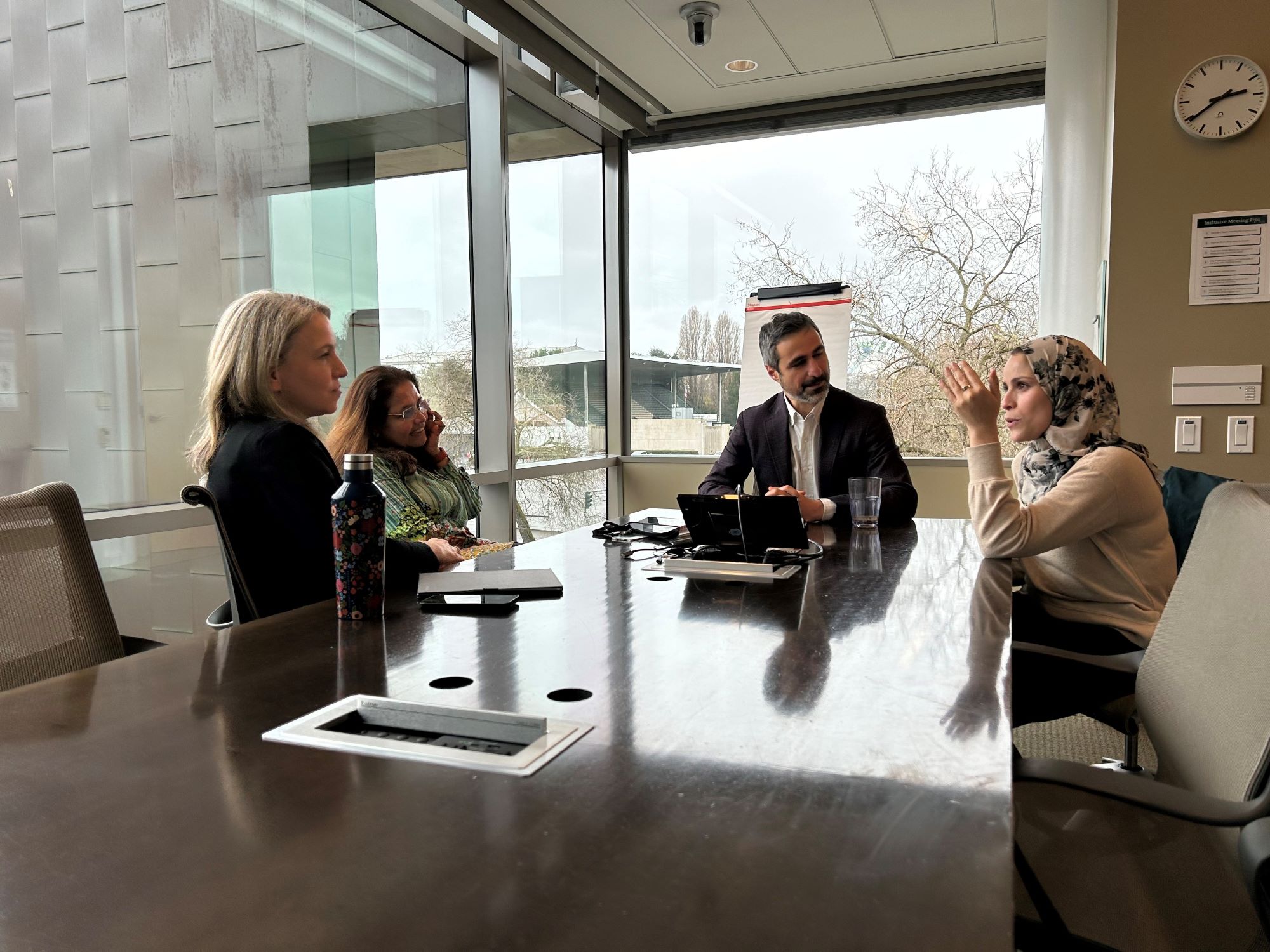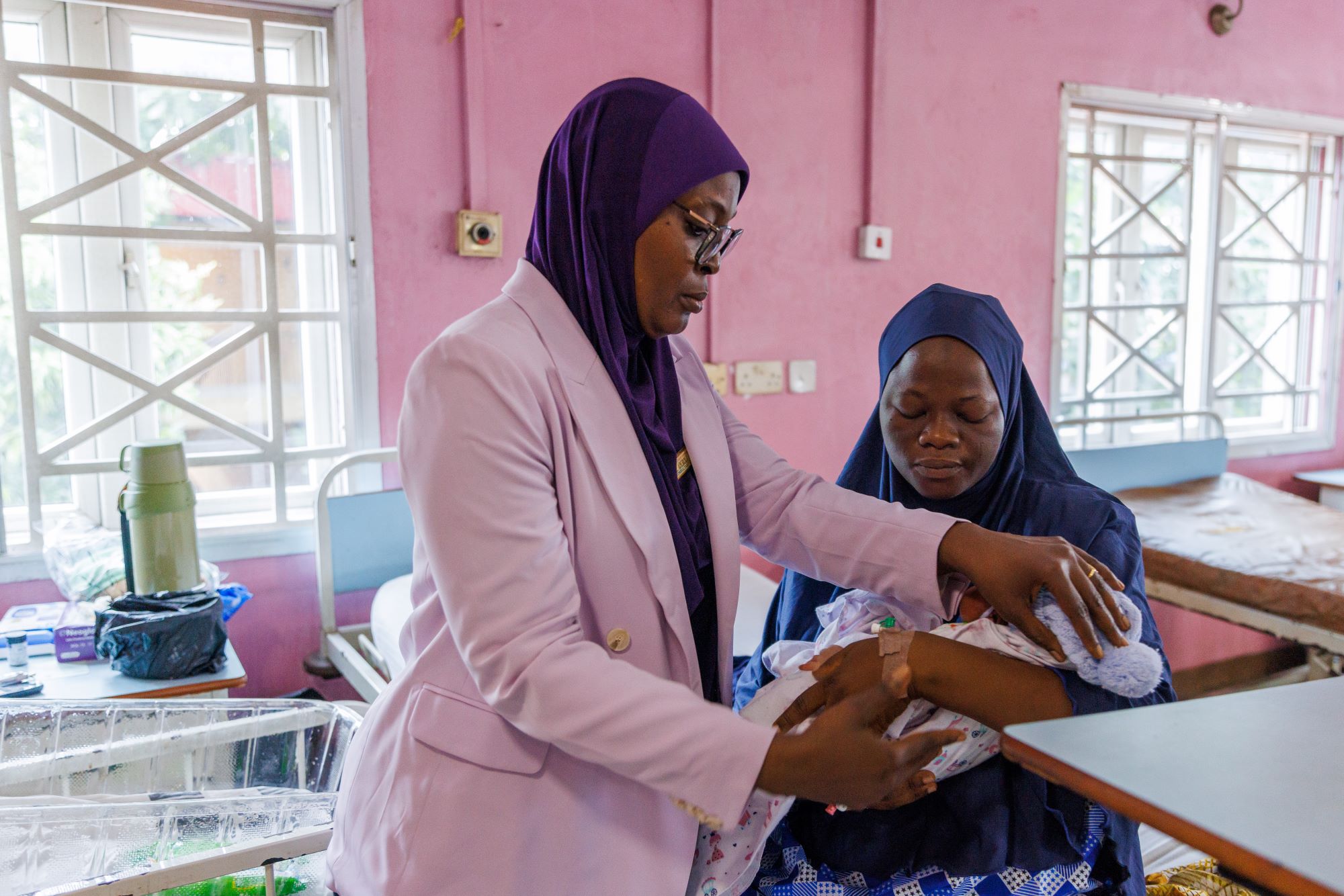The birth of a baby is meant to be a time marked with celebration and joy. But for some parents, when a newborn arrives early, they must navigate unexpected complications to ensure their baby survives. It’s an unimaginable situation. But today, there are incredible new and existing innovations coming to the forefront that can prevent more parents from ever experiencing this.
As I shared in January, this year at Gates Philanthropy Partners we are focusing on low-cost innovations that can save lives, and I’m especially excited by what that means for newborns. While deaths of children under five have been in decline since the mid-2010s, complications from preterm birth remain the leading cause. Three-quarters of these deaths could have been prevented with current, cost-effective interventions. We can make a huge difference by investing in the solutions that we know work.
Currently, 10% of babies worldwide are born early. The difference in health outcomes, unfortunately, lies in whether they have access to the same lifesaving technologies that are often only more readily available in higher-income countries. One simple solution that we've known about for years and requires nothing more than training is called kangaroo mother care. This practice of skin-to-skin contact between mother and baby helps improve thermal regulation and has reduced suspected sepsis by 18%, sepsis-related deaths by 36%, and overall deaths by 25%.
To learn more, I recently chatted with Rasa Izadnegahdar, director of Maternal, Newborn, Child Nutrition & Health at the Gates Foundation.

Rasa shared some important innovations that can improve the care of newborns, even before they are born. These include:
AI-Enabled Ultrasound
Before a child is born, we have access to tools that can help predict preterm birth, like portable AI-enabled ultrasounds that plug into a mobile phone. More cost-effective than traditional ultrasound machines, these hand-held devices equip midwives and nurses with the information they need to spot high-risk pregnancies and then provide appropriate referrals to specialized care for further treatment. These ultrasounds are now more readily available and can be deployed closer to communities where women access care.
Continuous positive airway pressure (CPAP)
CPAP, or continuous positive airway pressure, helps premature babies breathe more effectively. Sadly, the inability to breathe at birth is one of the leading causes of most neonatal deaths. This simple technology, which is available now from multiple Gates partners, has been shown to be the backbone of saving newborn lives in a large multi-donor effort that the Gates Foundations supports, called NEST360. Investing here will be a top priority this year!
Probiotics
Probiotics are organisms that live in our gut that have evolved with us to be able to digest things like human breast milk. A probiotic supplement, which is a little sachet mixed with breast milk, can help make the nutrients in breast milk even more available to premature infants who may lack them, and can ensure that those nutrients are passed on so that the baby grows sufficiently. In his annual letter, Bill Gates highlighted progress in clinical trials and called these probiotics “a tremendously helpful tool for preventing malnutrition.”
Aerosolized lung surfactant
Functioning like an asthma nebulized treatment, aerosolized lung surfactant is given to newborns born prematurely. This aerosol helps keep the airways open and is often used as a tool alongside CPAP. The Gates Foundation has partnered with The Lundquist Institute to research and develop a product that can be used effectively in low-resource settings. Originally, we thought that this product could only be used by trained providers, but as the research progressed, it was discovered that this could be easily delivered alongside CPAP and other interventions that premature newborns need.
These are just a handful of examples of low-cost interventions that can change the trajectory of a baby born prematurely. And in doing so, we can meet the Sustainable Development Goals outlined by the UN. “In these six years that remain between now and the SDG targets, we really have an opportunity to accelerate progress on maternal mortality and newborn mortality,” Rasa argues. “And we believe the best way to do so is by coupling these low-cost, high-impact innovations with improvements in the health of the workforce that can deliver them.” Broadening our investments in this direction will be a top priority this year.
To learn more about these and other low-cost ways to save newborn lives, email us at [email protected].


